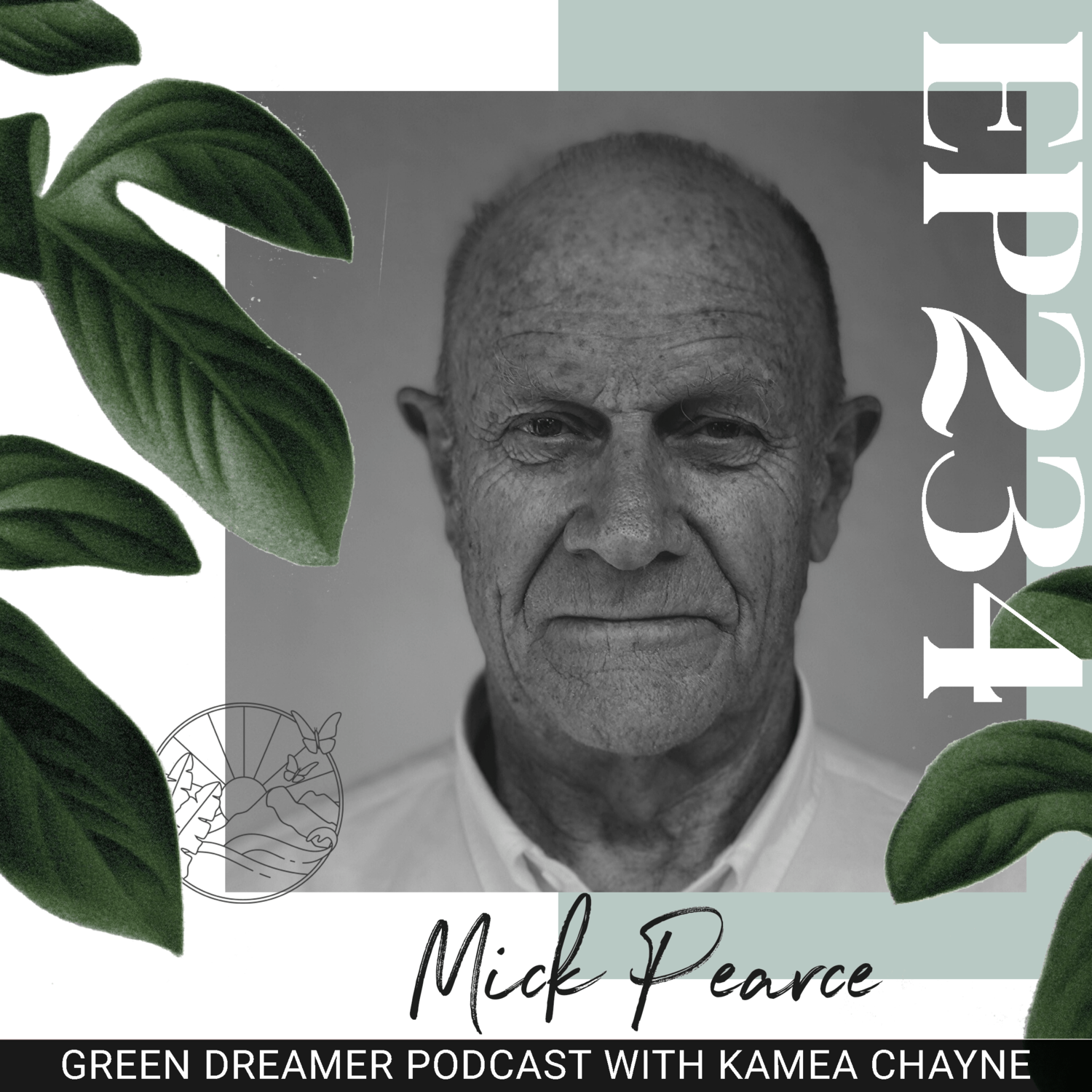Using Biomimicry : For more bioregionally appropriate architectural design (interview with architect mick pearce)
Mick Pearce is a renowned architect who uses biomimicry to develop buildings that have low maintenance, low capital and running costs, and renewable energy systems. One of his most notable projects is the Eastgate Mall in Harare, Zimbabwe, which he drew inspiration from how termite mounds are able to passively cool and regulate their internal temperatures in spite of being in hot regions.
In this podcast episode, Mick sheds light on how the field of architecture has been largely taking on an approach similar to industrial agriculture; how we can learn from termite mounds to design passively cooled buildings; and more.
To start, get a glimpse below into the conversation between Mick and Green Dreamer Podcast's host, Kamea Chayne.
Musical feature: Trust The Sun by This is Us by Girl Pow-R
“The architects in the west are taught that form follows function. For me, form follows the process: How are you building it? Who is it for? How much does it cost?”
If you feel inspired by this episode, please consider donating a gift of support of any amount today!
This is a conversation on Green Dreamer with Kamea Chayne, a podcast and multimedia journal illuminating our paths towards ecological balance, intersectional sustainability, and true abundance and wellness for all. This preview has been edited for clarity. Subscribe to Green Dreamer Podcast on Apple Podcasts, Spotify, Stitcher, or any podcast app to stay informed and updated on our latest episodes.
On how Mick looks at architecture with the context in mind:
"The architects in the west are taught that form follows function.
For me, form follows process: How are you building it? Who is it for? How much does it cost? There are things that you have to take into account all at once."
On the power of biomimicry:
“Biomimicry is a very good idea because you study the process in nature, and you study that process quite scientifically, which is a good thing to do.
For instance, in Somalia, I went to the fish market and saw such enormous tuna being pulled out and realized that the sea was very deep near the city. They don't have any water, but they have very damp air.
So, I developed a system in which we pump water up from about 1,000 meters down. The water comes up at about four degrees celsius. We put the cold seawater through a coil, and we can then distill water out of the air, and it comes out as distilled water. You can use that as a cooling system.
This is how nature works. You see a differential—a difference between the temperature at the top (25°C) and the temperature about 1,000 meters down (4°C), and you can use that to generate free energy and free water—that's what we're going to do.
This occurred to me because I've got this way of thinking that came from observing nature and talking with people. Africans are very connected with nature—they have to be."
On intentional architectural design:
"I'm horrified by the way in which architects just churn out endless renders—renders of lifestyles, renders of buildings driven by form (what I call form-driven design). They don't even look at the climate—the difference between Cape Town and Mogadishu is enormous. Mogadishu is two degrees North, and Cape Town is 35 degrees South.
So I always start my design by first considering the geography of the place, the climate, as well as the social environment. [I incorporate] the natural environment, social environment, and, of course, the economic environment."
Final words of wisdom:
"Dream away, but make it happen! Go out and do it. You'll find that actually doing things and creating change is really positive.”

